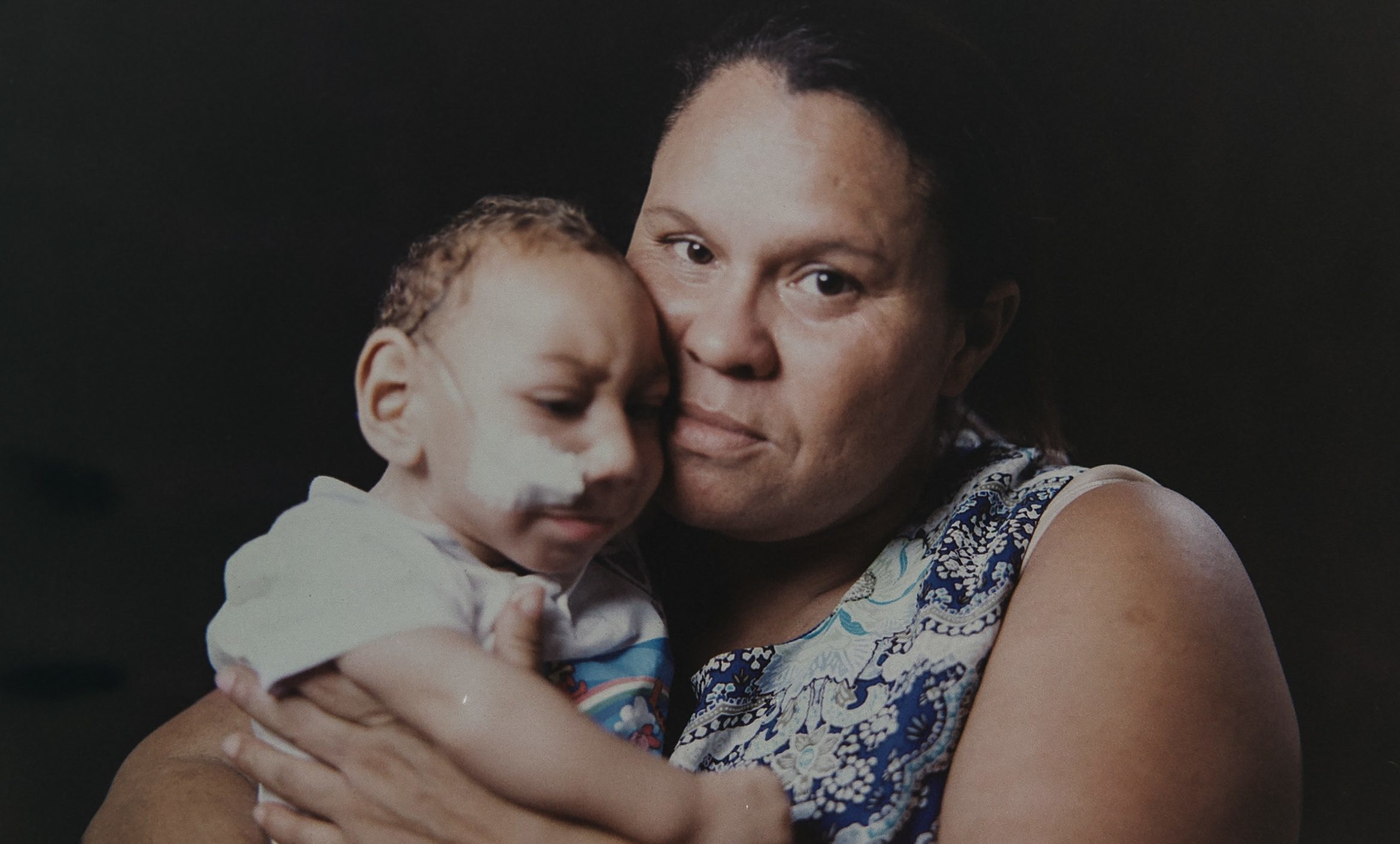Two Britons have caught the mosquito-borne Zika virus after visiting the popular holiday destination of Florida, figures reveal.
A Public Health England (PHE) report shows 229 UK travellers have tested positive for the bug since 2015.
Of those, two Britons contracted the virus in the high-risk area of Miami-Dade County in Florida – with PHE advising there is a “moderate risk” of Zika infection in the US state.
“The risk in Miami-Dade County is considered high and pregnant women are advised to postpone non-essential travel to Miami-Dade County until after pregnancy,” PHE said.
“Sporadic cases of local transmission have been reported in Palm Beach County, Broward County and Pinellas County; at the current time the risk in these counties and the rest of Florida is considered moderate.”
The mosquito-borne disease is associated with a birth defect called microcephaly, which results in children with abnormally small heads and brain damage being born to infected mothers.
Beginning in Brazil in 2015, the current epidemic was deemed a public health emergency by the World Health Organisation (WHO) earlier this year.
It has since spread to the Caribbean, other parts of Central and South America, Oceania – Melanesia, Micronesia and Polynesia – and some parts of Asia.
The PHE report published on October 12 also reveals 158 British travellers who have visited the Caribbean since 2015 have contracted the virus.
Jamaica topped the list of the highest number of infections with 34, followed by Barbados on 32 and St Lucia on 20.
There were also 33 cases diagnosed after travel to South America and 30 from Central America.
“Of those that travelled to South and Central America, most have reported travel to Brazil, Colombia, Mexico, Nicaragua and Venezuela,” the report states.
The Aedes mosquito that transmits the virus is not found in the UK, with the risk to the wider British public deemed to be “negligible” by health leaders.
Symptoms experienced by those who have been infected can include mild fever, skin rash, muscle or joint pain or headaches.
Last month the WHO reinforced guidance for those returning from Zika-hit regions to practise safe sex for at least half a year to avoid passing on the virus through sexual transmission.


